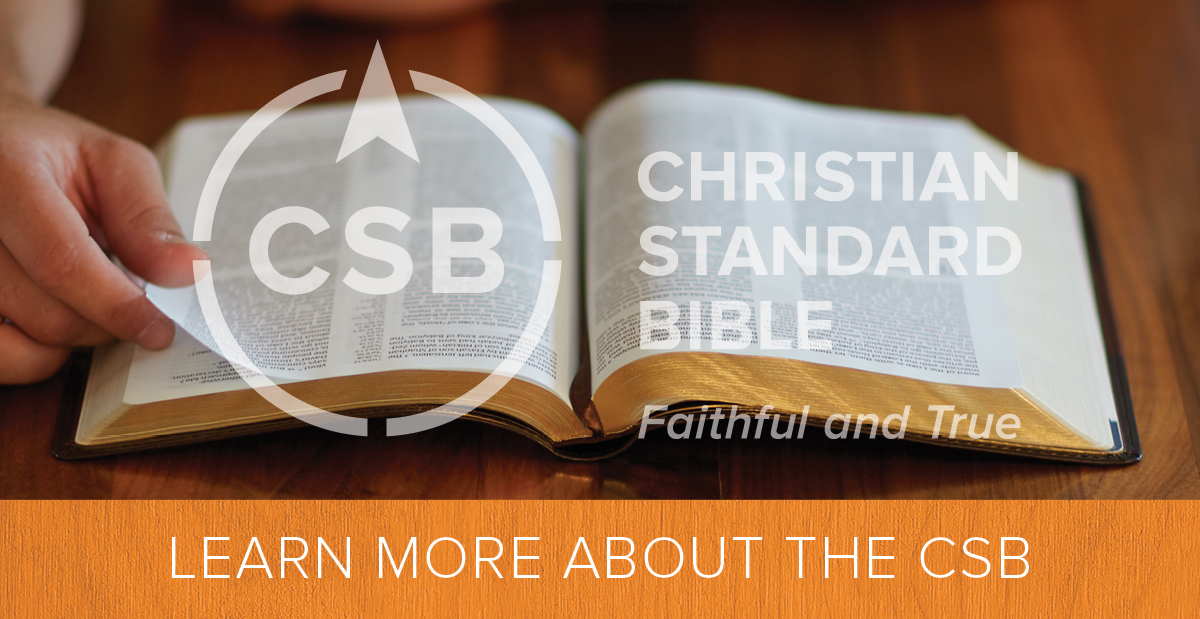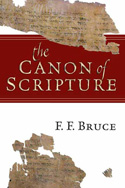Preface & Chapter one:
Read the condensed preface attentively, it highlights Prof. Bruce strategy where he left more controversial issues on the OT canon to R. Beckwith and J. Barton. The short chapter defines terms that became the vocabulary of the subject, their meaning and roots. People of the Book conveys his cultural standing, but he avoids elaborating on the concept of the two testaments but will not but mention Jeremiah 31:31, and later mentions Origen as the First to use and propagate this Alexandrine terminology (p. 192 : on First Principles 4.1.1)
TaNaKh and the Wider Canon
Bruce who said will shy from OT canon, masterfully instructs you in his own way, starting from the authority of OT for a Christian: Jesus appeal to TaNaKh going from the threefold division to the closing of the Hebrew canon in Jabneh. Now, with a firm foot, he delves into the Alexandrine wider Canon starting with Septuagint origin, order of books, and adoption as Ancient Churches OT, through NT evidence, but does not give the citations and allusions to Apocryphal books (K. & B. Aland: The text of the NT, Eerdmans, 1979) that he mentions (p. 51)
OT Christian Canon: Prevalence of Alexandria
The Rylands chair for two decades starts to preach how one Church was the light for all others. He starts by stating authority of the early Uncials, Alexandrinus, Sinaiticus, and Vaticanus are all fruits of the Alexandrine Scriptorium, and are the most reliable (with the exception of Ehrman). Along side other easterners, elaborates on Origen, and Athanasius, the first to use the term: Canon in relation to scripture.
From Tertullian to KJAV
The canon in the West: Tertullian, Jerome, Augustine,to the reformation: Luther, Erasmus, and Tyndale through Trentine Council to KJAV. Very interesting is his review of 17th and 18th centuries accomodation of canon, and Biblical societies.
New Testament
If I would propose any clarification to this enjoyable treatise, it would be to copy the names and order of the bible in Orthodox, Catholic, and protestant traditions from a good study Bible, say the Harper Collins NRSV, with Apocrypha. Although differences exist in OT books, NT books are the exact 27 books.Only that the order of books in a genuine Orthodox Bible follows the Order of St. Athanasius in his Pascal letter of 367, the Catholic Epistles precede the Pauline letters.
Hebrews and Apocalypse
The authority of Dionysius the Great, on the Apocalypse of John, followed by all the Orientals (p. 213)in spite of their Canonical diversity was never challenged by Athanasius letter. He persauded the Romans to accept the book of Hebrews, next only to John's Bible in the Alexandrine NT theological structure of both the Didaskalia and Catechetical School, compromising for the Apocalypse, then considered a liturgical text in the East.
ISBN: 9780830812585
Catalogue code: N/A
Publisher: IVP (USA) - published N/A
Format: N/A

